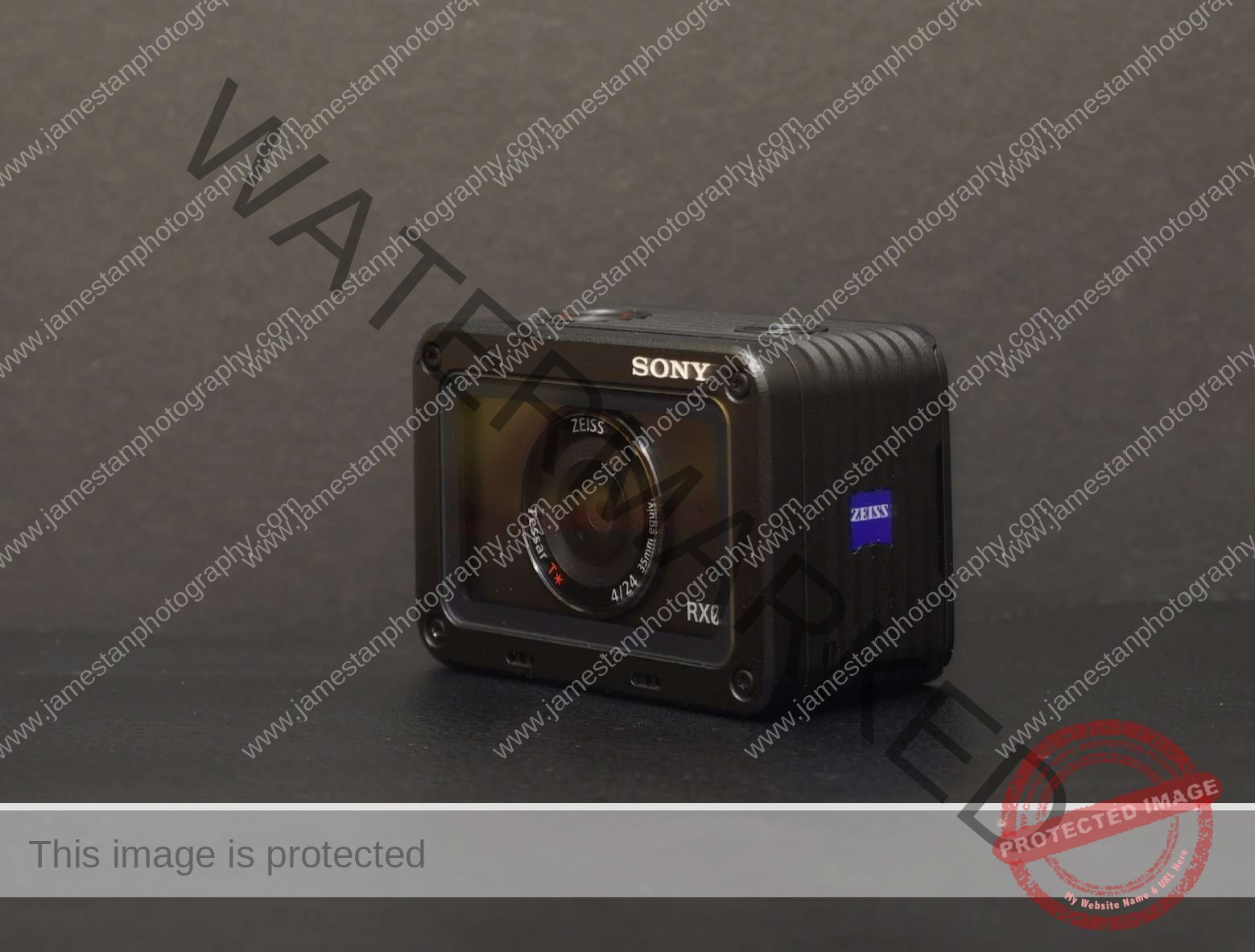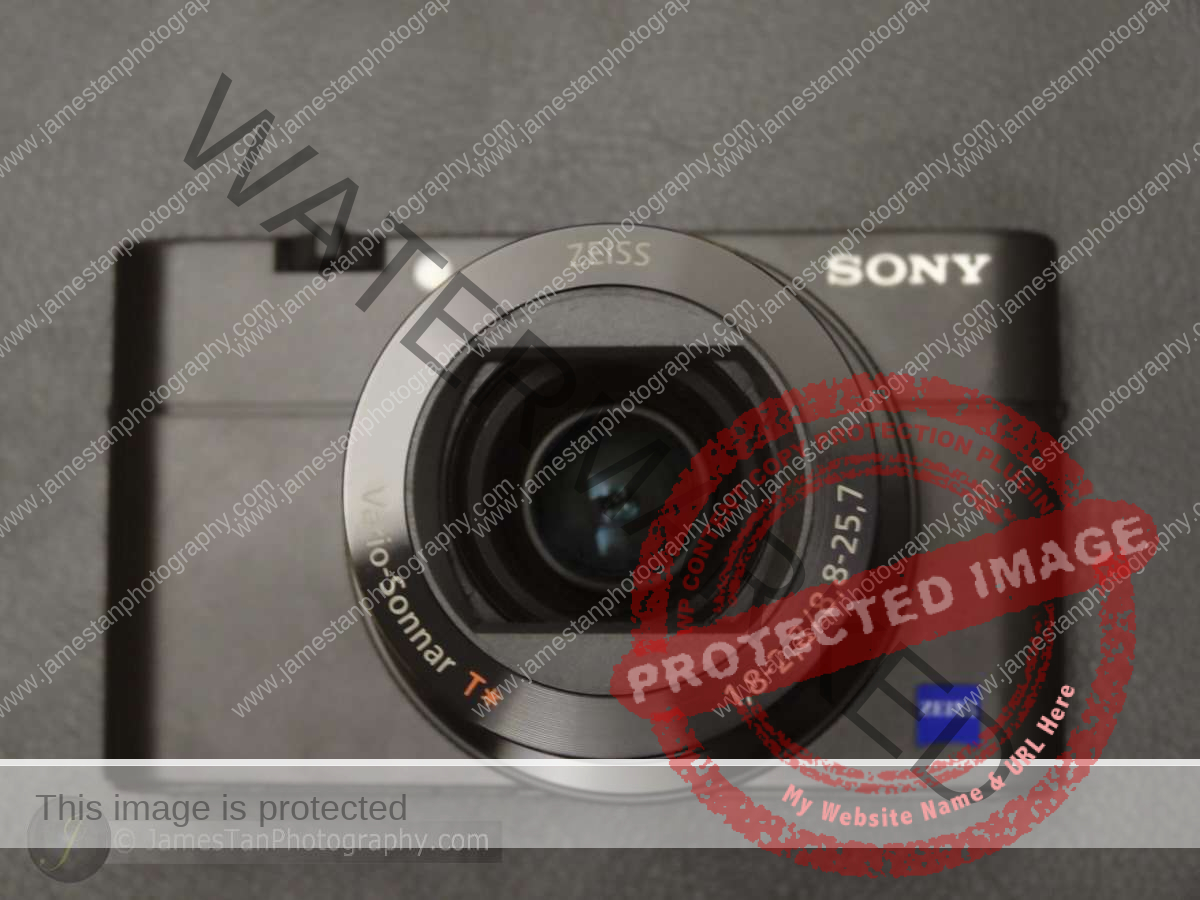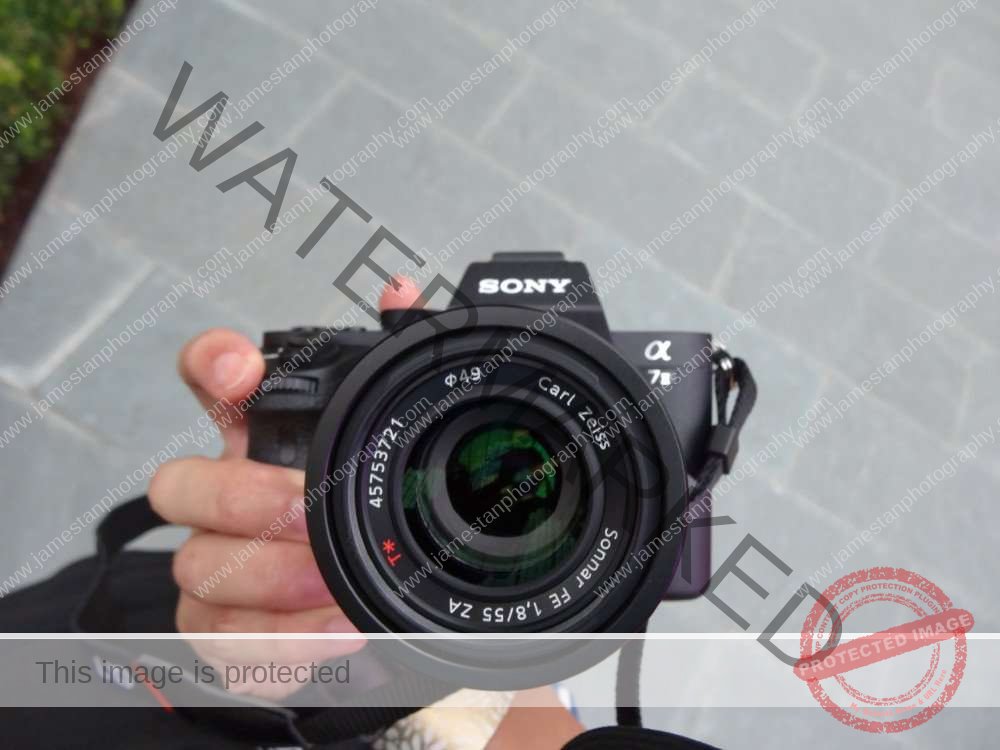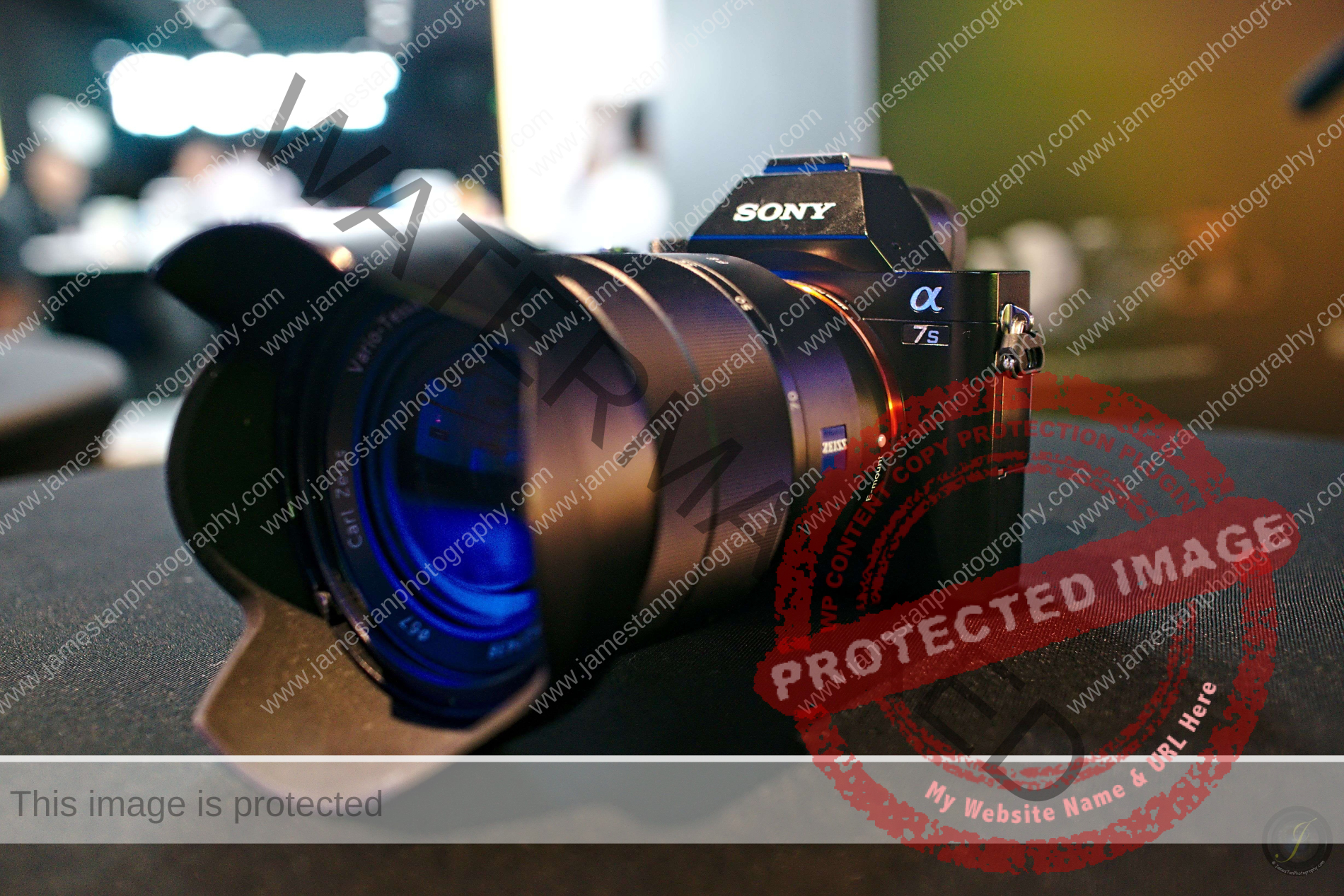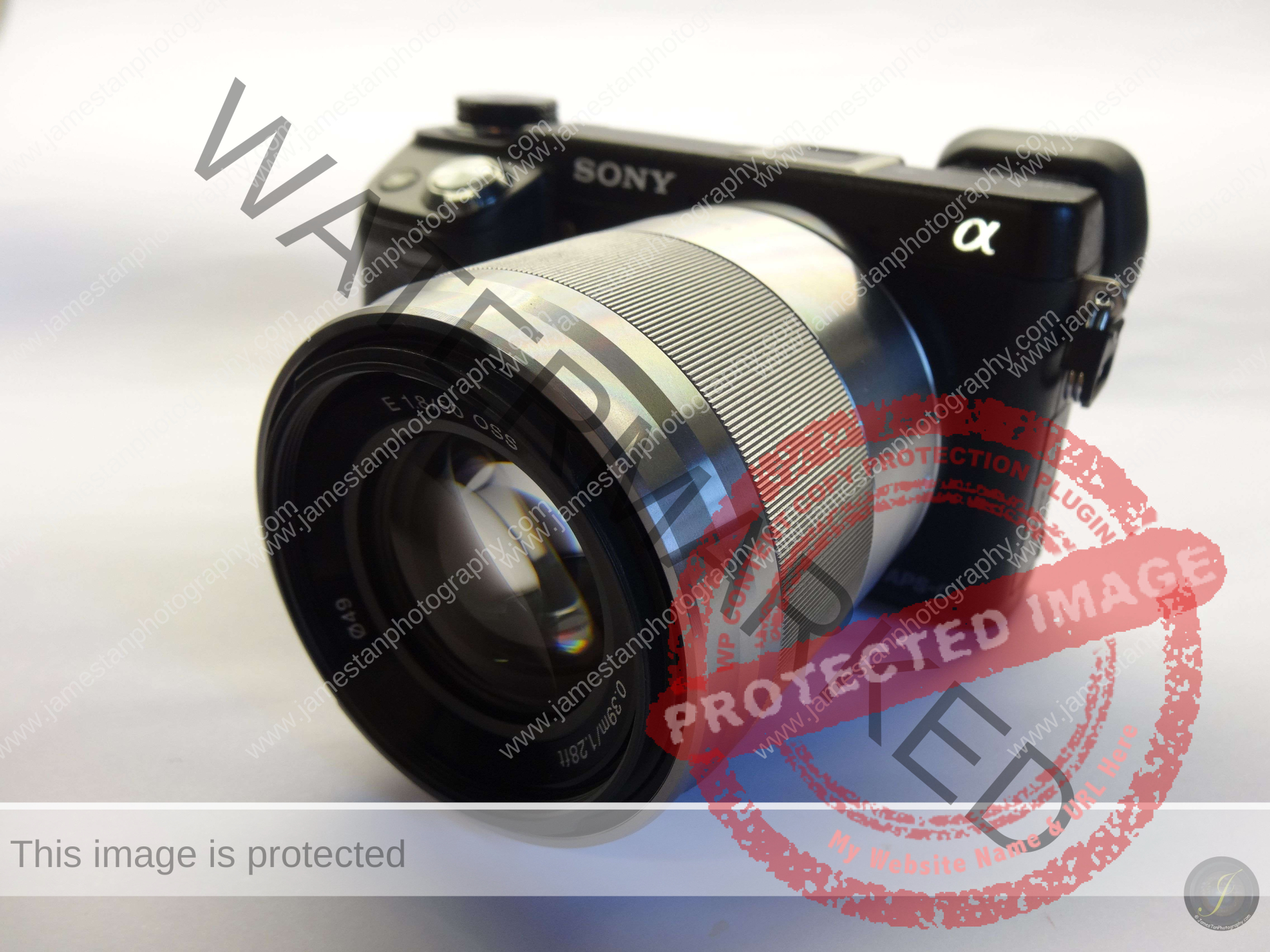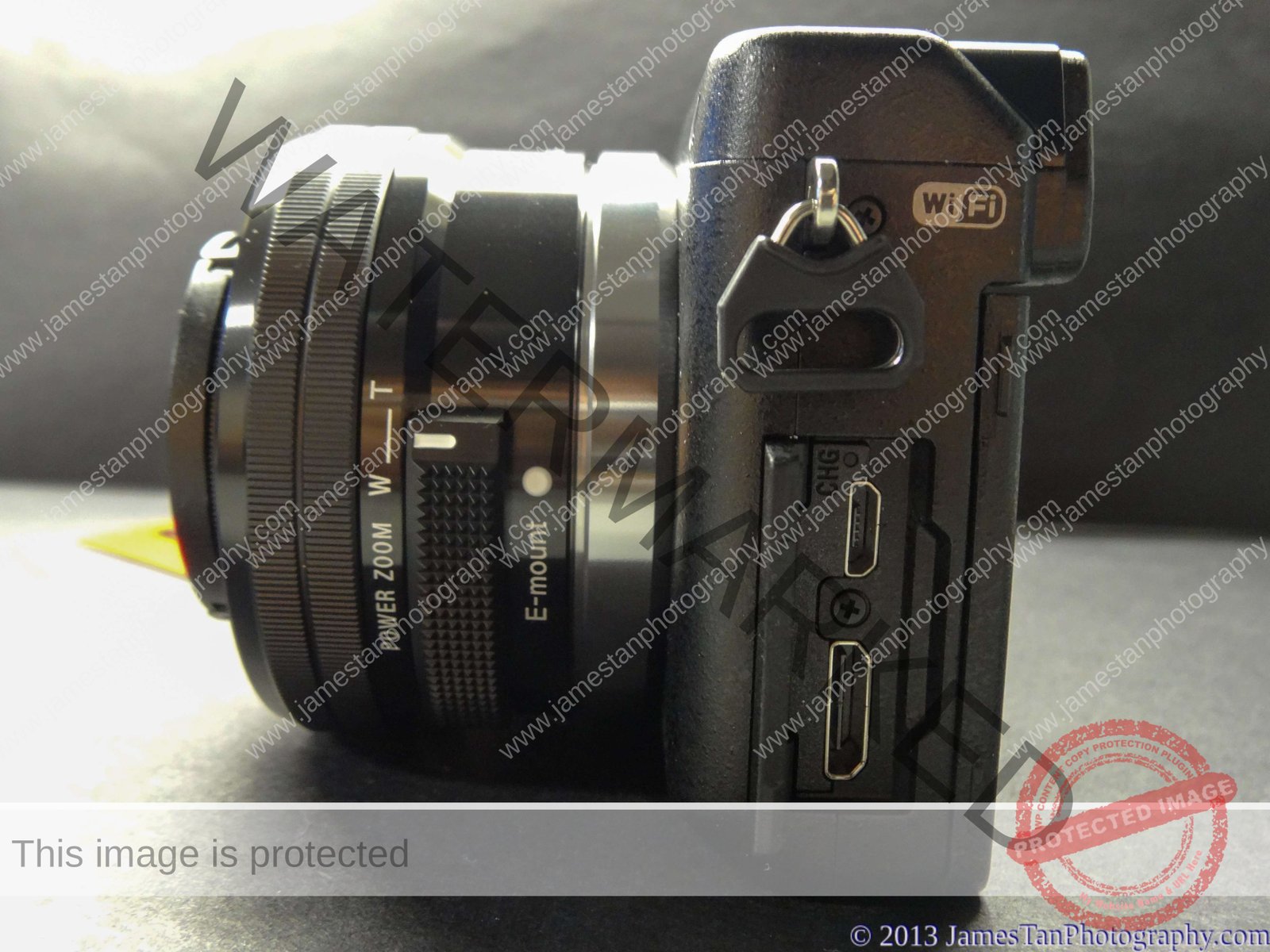Singapore

Sony RX100 V
Last Updated On
Sony RX100V is a pocket-size 1-inch sensor camera with an AF speed that could outperform a typical APS-C or even a full-frame camera. Let’s check out its AF performance and other amazing features!

Sony A7S II
Last Updated On
The 2nd generation of Sony full-frame low light monster camera – A7S II! Let’s check out how it performs with the new 5-axis image stabilizer!

Sony Alpha A7S Hands-On Session With Den Lennie
Last Updated On
Let’s have a short hands-on session on the new Sony low light monster – Sony A7S with Den Lennie!

Sony E-mount Lens SEL50F18
Last Updated On
Sony SEL50F18 is a highly praised prime lens with an affordable price. Is it really an incredible lens? Let’s check it out!

Tips For Shooting in Aquarium
Last Updated On
Are you visiting an aquarium soon? Do you want to take back some fantastic photos and show them off to your family and friends? Let’s check out some tips here!

Sony E-mount Lens SELP1650
Last Updated On
Sony brings us a tiny power zoom Sony SELP1650 to complete the compact mirrorless package. Is it sufficient as a starter kit? Let’s check out the review now!

